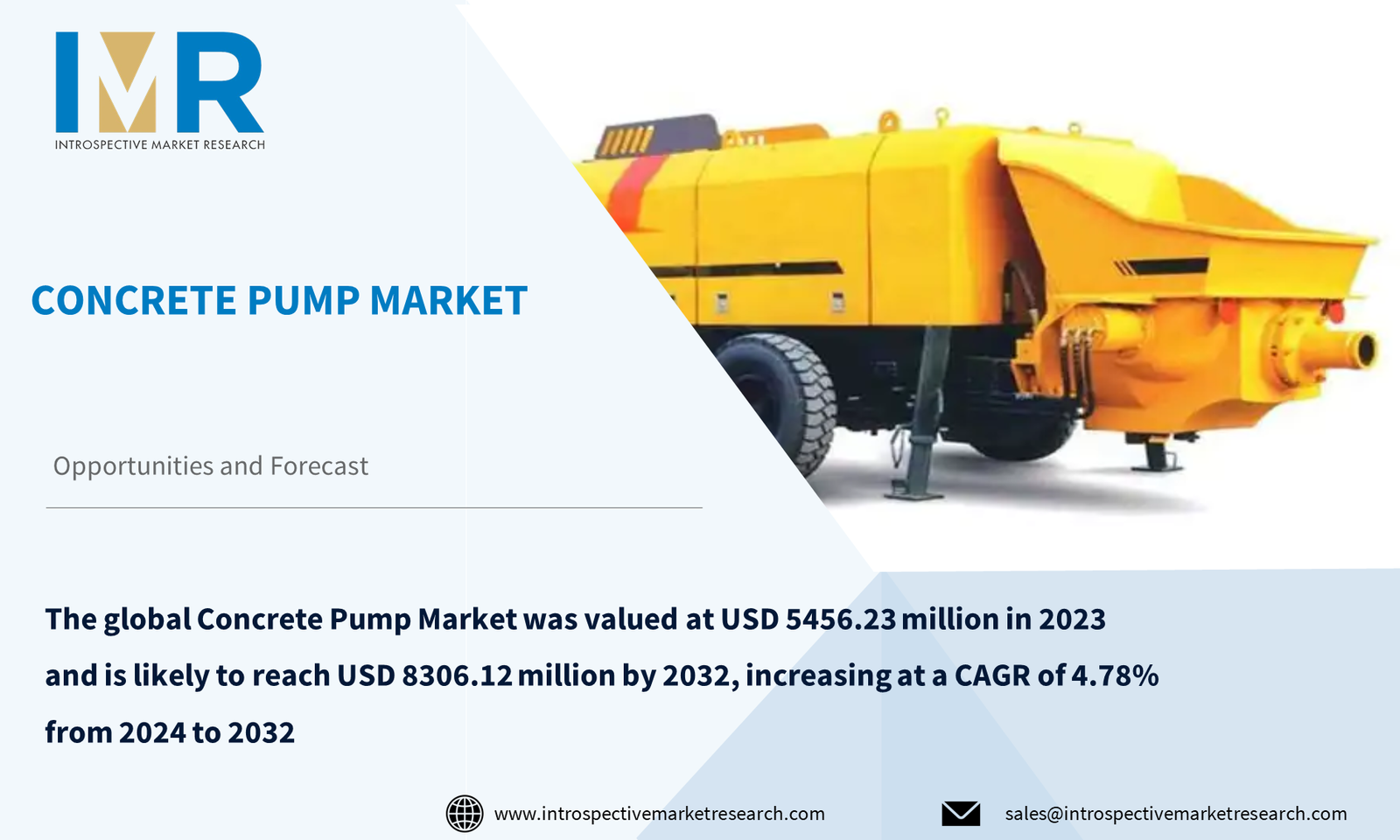Textile Wax Market
According to a new report published by Introspective Market Research, titled, “Textile Wax Market by Type and Application: Global Opportunity Analysis and Industry Forecast, 2024–2032,”
the global Textile Wax Market size was valued at $ 885.52 million in 2023 and is projected to reach $1371.38 million by 2032, registering a CAGR of 4.98% from 2024 to 2032.
Textile wax is a special wax designed to be applied to fabrics to improve their performance and properties. Widely used in the textile industry, improves water resistance, increases durability, and forms a protective coating on the fabric. Textile wax can be used in many different areas such as outdoor clothing, workwear, and industrial textiles, providing both practical functionality and aesthetic benefits. Its main function is to improve the performance of the fabric by providing waterproof and durable properties.
This wax creates a protective layer on textiles, extending the life of products such as outerwear and industrial fabrics. Advantages include better resistance to environmental factors, making the textile suitable for a wide range of conditions. In addition, textile wax gives fabrics a pleasant aesthetic quality that promotes both functionality and appearance. The future expansion of the textile wax market looks promising as its applications continue to expand. As the industry puts even more emphasis on sustainable practices, textile wax is emerging as an eco-friendly solution. Its potential to replace traditional waterproofing chemicals meets the growing demand for environmentally conscious products. In addition, as consumers prefer strong and weather-resistant textiles, the demand for textile wax is likely to increase. The adaptability of textile wax to different fabrics, along with its positive environmental impact, makes it a key factor in shaping the future of the textile industry. With the development of technology and increasing sustainable development, textile wax plays a key role in influencing market growth and meeting the changing needs of consumers.
The growing popularity of traditional textile printing methods is playing a key role in boosting the growth of the textile wax market. Many consumers prefer classic printing techniques such as block printing and batik because they are unique. Textile wax plays a vital role in these methods, contributing to intricate patterns and designs. Its compatibility with traditional techniques not only preserves the authenticity of the prints but also improves the overall quality and longevity of the textiles. In addition, the growing demand for sustainable development and environmentally friendly practices in the textile industry is driving the widespread adoption of textile wax. Unlike certain traditional chemical processes, the use of textile wax conforms to the principles of environmentally conscious manufacturing. This eco-friendly feature caters to consumers who prefer sustainable options, increasing the market demand for textile wax.
As the textile industry changes, the revival of traditional printing methods is emerging as a trend that will positively affect the textile wax market. The adaptability of textile wax to these methods, combined with the growing preference for sustainable practices, positions it as a critical growth enabler. This trend not only marks a return to heritage practices but also highlights the flexibility and importance of textile wax to respond to the changing preferences of both producers and consumers.
The expansion potential of the textile wax market is outstanding due to the growing need for customization and personalization in the textile industry. As consumers increasingly look for unique and customized products, customization is becoming a key factor in the adoption of textile wax. This versatile material plays a vital role in the creation of complex designs and patterns, enabling manufacturers to meet the growing need for personalized textiles, including custom prints for clothing, accessories, and home textiles.
Additionally, the trend towards sustainable and ecological practices fits perfectly with the outlook for textile wax. With an emphasis on customization, there is a concomitant demand for environmentally conscious manufacturing processes. Textile wax, known for its eco-friendly properties, is emerging as a sustainable customization solution and offers a significant growth opportunity. Manufacturers using textile wax not only consider individual preferences but also promote a more sustainable and responsible approach to the production of individual textiles. In emerging markets, the synergy between the personalization, customization, and use of textile wax not only fulfills consumer desires for unique products but also positions the market for significant growth.
Global Textile Wax Market, Segmentation
The Textile Wax Market is segmented based on type, application, and region.
Type:
The type segment is further classified into Green Wax, Yellow Wax, White Wax, and Blue Wax. Among these, the Yellow Wax sub-segment accounted for the highest market share in 2023. The largest market share in the wax segment is held by Yellow Wax Its widespread popularity primarily stems from its versatility and compatibility across diverse industries. Yellow Wax finds applications in various sectors, ranging from cosmetics to packaging, and its adaptability plays a significant role in establishing its dominance. Additionally, the vibrant and appealing yellow color of the wax makes it a preferred choice in a variety of consumer products.
Moreover, the Yellow Wax segment has gained prominence due to its advantageous properties, including excellent adhesion and moisture resistance. These characteristics make it a favored option in industries such as food packaging and cosmetics, where ensuring product protection and longevity is paramount. The dominant market share of the Yellow Wax segment can be attributed to its extensive utility, versatility, and the functional benefits it offers in different applications.
Application:
The application segment is further classified into Cotton, Viscose, Polyester, and Wool. Among these, the Cotton sub-segment is anticipated to show the fastest growth by 2032. Cotton is a widely preferred choice due to its natural properties, offering breathability, comfort, and versatility. Consumers appreciate cotton for its softness and hypoallergenic characteristics, making it suitable for a diverse range of textile applications, from apparel to home furnishings.
The sustainability trend in the textile industry has propelled the demand for cotton. As environmental consciousness grows, consumers are increasingly inclined towards eco-friendly choices. Cotton, being a biodegradable and renewable resource, aligns with these sustainability goals. The ability of cotton to adapt to various manufacturing processes, including the use of textile wax for customization, further solidifies its dominance in the market.
Region:
The Textile Wax Market in Asia-Pacific is projected to show the fastest growth by 2032. Asia Pacific is positioned to lead the market for the region's strong economic growth and growing population contributing to a substantial consumer base, driving increased demand for a variety of products. The diverse industries in Asia Pacific, spanning from textiles to manufacturing, contribute to the market's expansion, creating a dynamic and expansive market landscape.
Furthermore, the region's proactive approach to technological advancements and innovation enhances its competitive advantage. As industries transform, Asia Pacific continues to be at the forefront of adopting new trends and practices, further solidifying its dominance in the market. The combination of a large consumer market, flourishing industries, and a progressive stance towards innovation positions Asia Pacific as a pivotal player, expected to uphold its leading position in the market in the foreseeable future.
Some of The Leading/Active Market Players Are-
- Ashland Inc. (US)
- Huntsman Corporation (US)
- The Waxman Corporation (US)
- Dow Chemical Company (US)
- Exxon Mobil Corporation (US)
- Sun Chemical Corporation (US)
- Rudolf Chemie (Germany)
- BASF SE (Germany)
- Strahl GmbH & Co. KG (Germany)
- BioCircle GmbH & Co. KG (Germany)and Other Active Players
Key Industry Developments
- In September 2023, Rudolf partnered with Baldwin Technology to improve textile finishing. Baldwin’s non-contact precision spray technology transforms textile finishing by delivering consistent, high-quality results while reducing chemical waste, water consumption, dilution in wet-on-wet processes, and energy usage. Wet-on-dry processes reduce water consumption by 50%, resulting in lower energy consumption and faster production speeds.
- In January 2024, BASF launched a new line of bio-based textile waxes made from renewable resources, catering to the growing demand for sustainable finishing solutions.
Key Findings of the Study
- The global Textile Wax Market, valued at $885.52 million in 2023, is projected to reach $1371.38 million by 2032, with a CAGR of 4.98% from 2024 to 2032.
- Textile wax enhances water resistance, and durability, and provides a protective coating on fabrics, with applications in outdoor clothing, workwear, and industrial textiles.
- The market is driven by the demand for sustainable practices and eco-friendly products, positioning textile wax as an alternative to traditional waterproofing chemicals.
- The Asia-Pacific region is expected to show the fastest growth by 2032 due to strong economic growth, a large consumer base, and technological advancements.







